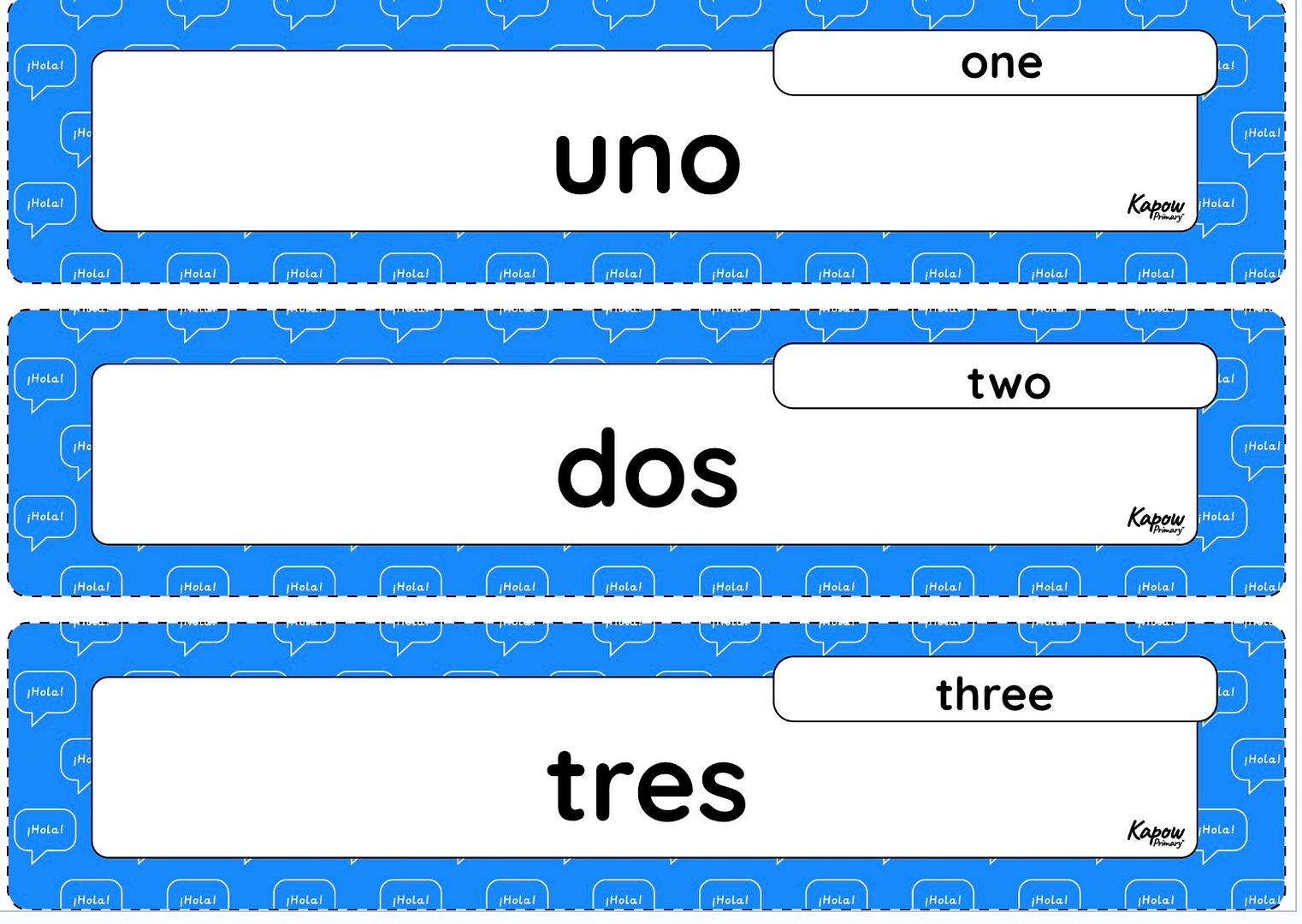Y3/4 (A): Unit 2: Spanish numbers and ages
Counting to twelve and saying how old you are in Spanish.
The Curriculum and Assessment Review final report has been released. We’re reviewing the recommendations and planning for future updates. Learn more
Unit outcomes
Pupils who are secure will be able to:
- Count to 12 in Spanish, focussing on good pronunciation.
- Recognise and sound out phonemes for letters ‘u’ and ‘z’, ‘ñ’.
- Identify the structure for saying how old they are, and modify the sentence using different number words.
- Begin to recognise the verb have in first person present (Tengo).
- Explain what a cognate is and suggest examples.
- Apply and describe different detective skills: using logic, context and knowledge of language.
- Compare Christmas traditions from Spain with other countries.
Suggested prior learning
Y3/4 (A): Unit 1: Spanish greetings with puppets
Get startedLessons
Y3/4 (A) Lesson 1: Counting to six
- To recognise and recall numbers one to six in Spanish.
Y3/4 (A) Lesson 2: Ten little fingers
- To recognise and practise numbers one to ten in Spanish.
Y3/4 (A) Lesson 3: How many?
- To read and recognise numbers up to 12 in Spanish.
Y3/4 (A) Lesson 4: How old are you?
- To recognise and build a phrase to give your age in Spanish.
Y3/4 (A) Lesson 5: Asking questions
- To ask and answer questions giving personal information.
Y3/4 (A) Lesson 6: Festivities in Spain
- To identify key phonemes to help spell number words.
Key skills
Key knowledge
Related content
Unit resources

Knowledge organiser: Spanish – Numbers and ages
Aimed at pupils, two pages providing key facts and definitions from the unit "Spanish numbers and ages".

Vocabulary display: Spanish numbers and ages
A display version of the key vocabulary from the unit 'Spanish numbers and ages'.

Translations: Spanish numbers and ages
Translations of key texts and transcripts from resources in this unit.
Cross-curricular opportunities
Mathematics
Number – addition and subtraction: Solve problems, including missing number problems, using number facts, place value, and more complex addition and subtraction.
Number and place value (KS1): Read and write numbers from 1 to 20 in numerals and words.
English
Writing – composition: Draft and write by: Composing and rehearsing sentences orally (including dialogue), progressively building a varied and rich vocabulary and an increasing range of sentence structures.
Music: Listen with attention to detail and recall sounds with increasing aural memory.

